2013 Year: Borei, Mace and Fleet
If you recall the events of past years, you can see that the constant shifts in the timing of the commissioning of the 955 submarines were caused precisely by problems with the main armament. Moreover, at a certain point, the leadership of the fleet and the Ministry of Defense even decided to develop a new missile system for the Boreyev. Ultimately, the rocket issue was the cause of such a long way for "Yuri Dolgoruky" to full service in the Navy. An indirect confirmation of such assumptions about the reasons for the change in the timing of adoption can be considered statements by the leaders of the country. It has been repeatedly mentioned earlier that within a few months after the delivery of the head Borei, it is worth waiting for the launch of the second boat of the project. The other day, the head of the presidential administration, S. Ivanov, confirmed such plans. According to him, the second nuclear submarine of the 955 project "Alexander Nevsky" will be commissioned before the end of the current 2013 of the year.
Thus, the new 2014 year of the Russian Navy will enter already with two new submarines of the fourth generation. Next they will be joined by “Vladimir Monomakh”, “Prince Vladimir” and four more submarines, which have not yet received names. Currently, three boats of the 955 project have come down from the stocks: the adopted “Yuri Dolgoruky”, being tested by “Alexander Nevsky”, and also the submarine “Vladimir Monomakh” launched at the very end of last year. The fourth boat of the series is being built since the middle of last year. In total, eight submarines of the Borey project will be built by 2020. It is noteworthy that the fourth ship of the series will be built in accordance with the updated 955A project, the main difference of which is the number of missiles carried. Thus, "Prince Vladimir" will be able to carry and use 20 missiles, and not 16 as previous submarines of the series.
It is worth noting that the Boreas are not the only new submarines that will join the navy in the coming years. Testing of the Severodvinsk multipurpose nuclear submarine belonging to the 885 Ash project is currently being completed. In addition, the second boat of the Kazan series, relating to the 885M project, is being completed. By the year 2020 in the Russian Navy will include eight such submarines. The construction of diesel-electric submarines of the 636, 877 and, possibly, 677 projects will also continue. The plans of the country's leadership for the construction of new equipment for the fleet look very, very bold. Their implementation is supported by appropriate investment of money. Thus, in the current state armament program for the period up to 2020, it is planned to allocate four trillion rubles for the construction of new equipment for the navy. For this money, it is planned to build about a hundred units of marine equipment, from strategic submarines to patrol boats.
As a result of all the transformations and upgrades of the Russian military fleet, the P-30 “Bulava” ballistic missile will become the main means of deterring sea bases in the future. Despite the specific statements of some persons far from the development and testing of this rocket, the military and the country's leadership have no complaints about it. S. Ivanov directly informed about this, and also expressed a quite obvious thesis about the inevitability of unsuccessful test launches. In addition, the head of the presidential administration recalled that the main rocket of the strategic submarines P-29RMU2 “Sineva” at the moment also had certain problems at the testing stage, but all of them were eventually overcome. So all the time spent on the development and testing of the “mace” is fully justified and this rocket is quite suitable for ensuring the security of the country.
Fleet renewal plans were confirmed by Russian President V. Putin. At the ceremony of awarding the Order of Nakhimov to the Peter the Great missile cruiser, he stressed the importance of developing the navy for the future of the country. According to him, in the future, Russian shipbuilders will only increase the pace of development and construction of new military equipment. One of the main executors of orders for the Navy will be the Sevmash plant in Severodvinsk. He has already built more 120 submarines only for the Soviet and Russian navy, and in the future will only continue to supply new submarines of various types.
Last Saturday, 12 in January, ITAR-TASS, citing a source in the Ministry of Defense, reported on further developments around the new submarines. In July and November of the current 2013, the fifth and sixth submarine of the Borey project will be laid on Sevmash. Allegedly, they will receive the names "Alexander Suvorov" and "Mikhail Kutuzov." It is noted that such names are still working. Thus, the new submarines of the 955A project will continue the established tradition of naming these submarines in honor of the great generals and statesmen of the past centuries.
On the materials of the sites:
http://ria.ru/
http://lenta.ru/
http://itar-tass.com/
http://rg.ru/
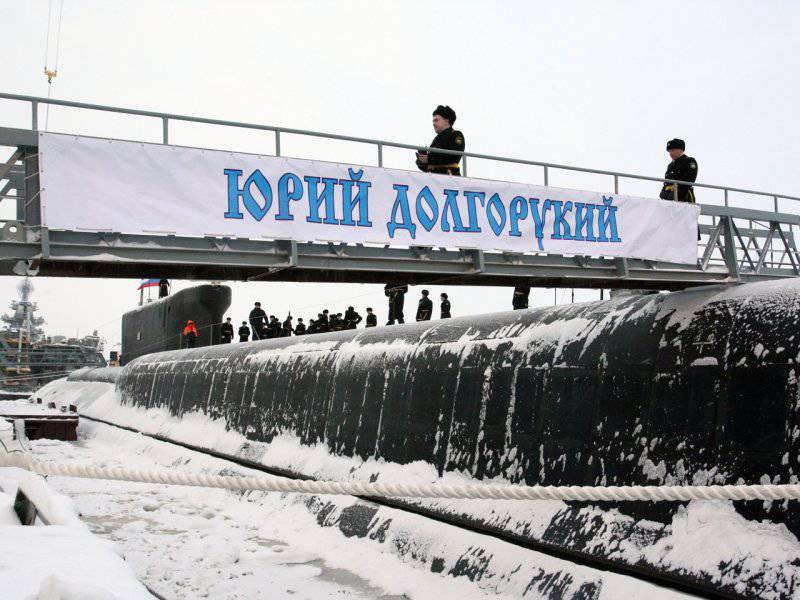
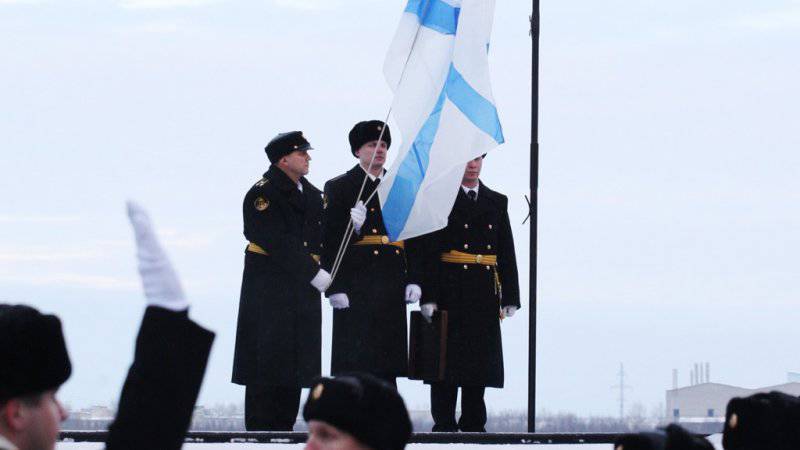
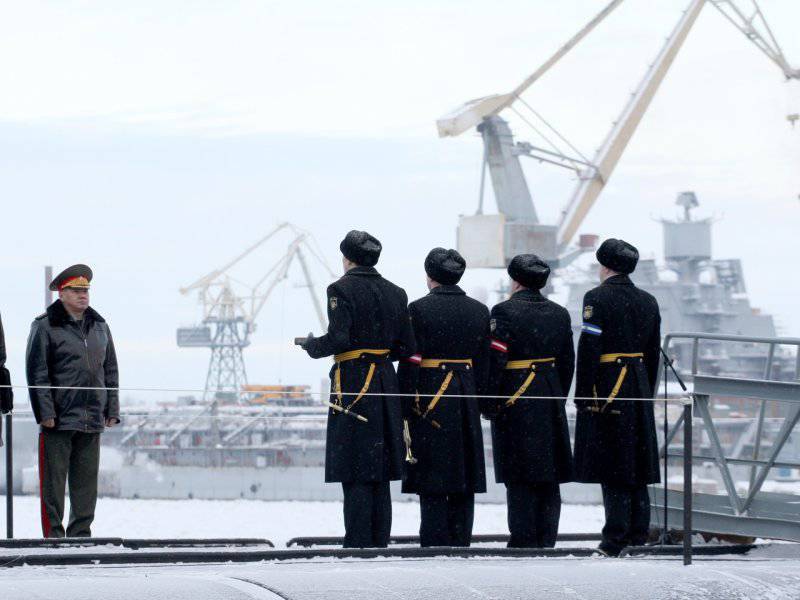

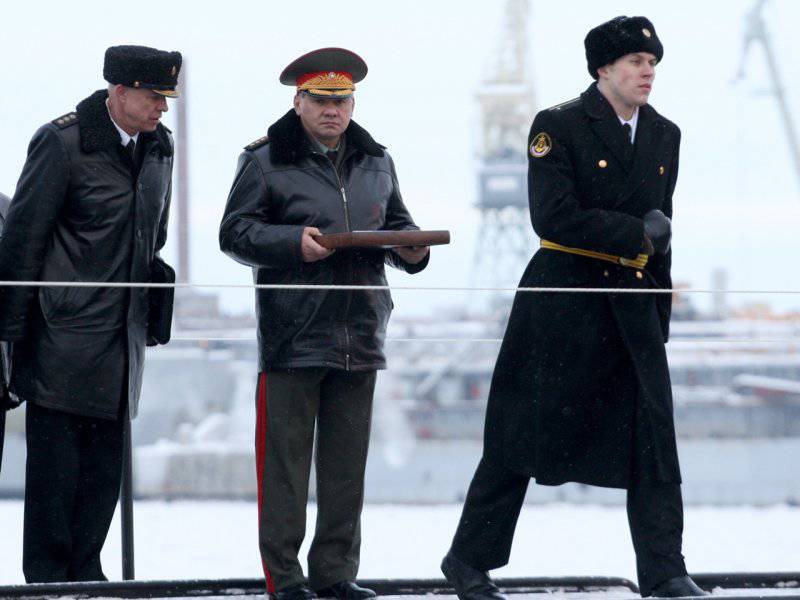
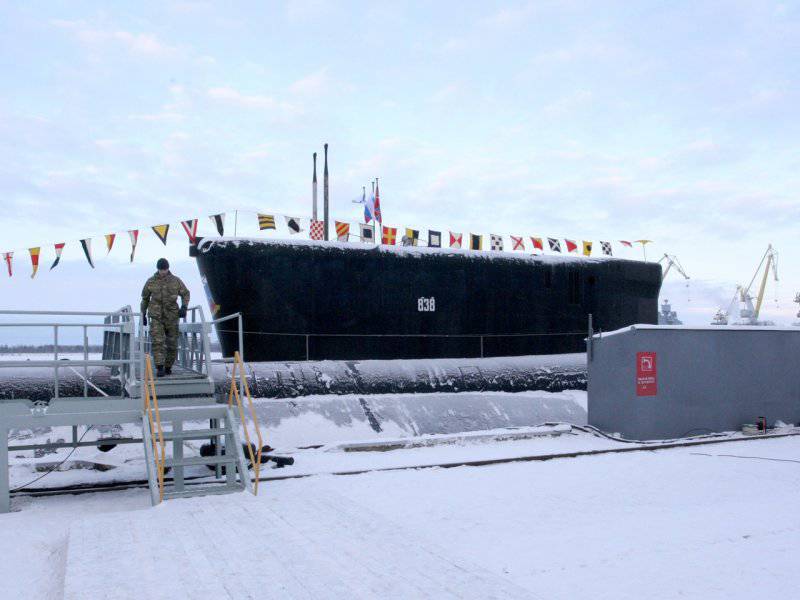
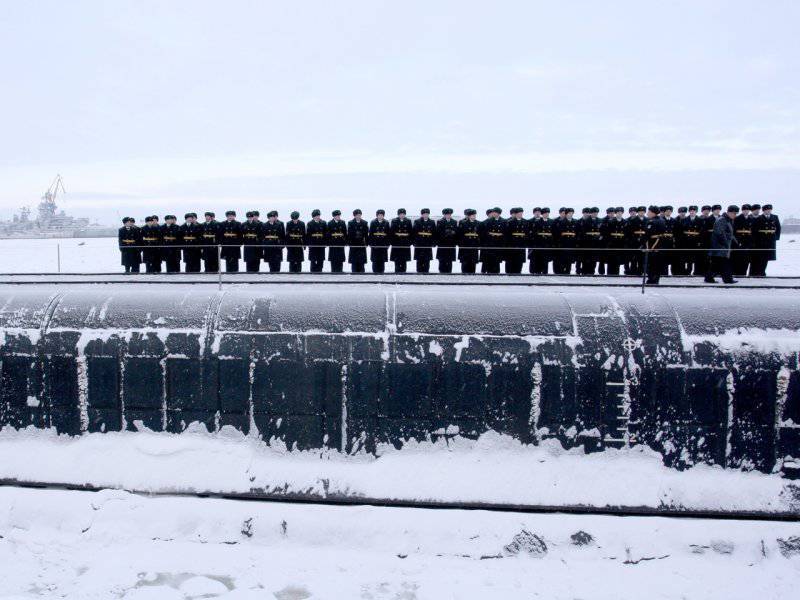
Information